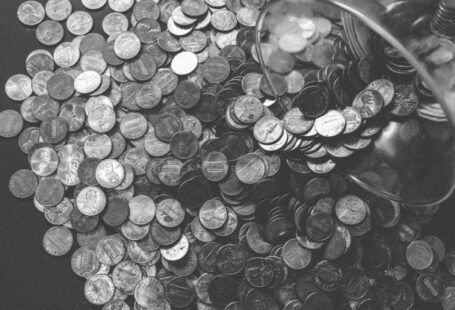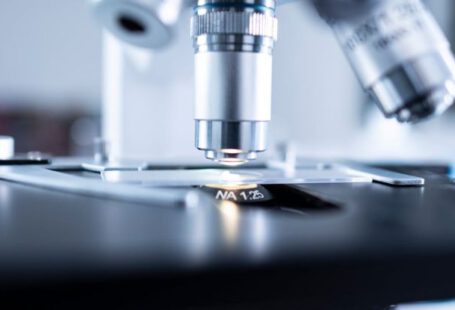Preserving History Through Museums
Museums stand as vital institutions that play a crucial role in preserving history and cultural heritage for present and future generations. Through their exhibits, collections, educational programs, and preservation efforts, museums serve as guardians of our past, offering insights into different cultures, traditions, and historical events. In today’s fast-paced world, where information is easily accessible digitally, the question arises: what role do museums play in preserving history today?
Preservation and Conservation Efforts
One of the primary roles of museums is to preserve and conserve historical artifacts and artworks for future generations. Museums employ conservation experts who work tirelessly to ensure that valuable objects are protected from deterioration and damage. Through proper climate control, lighting, and storage techniques, museums safeguard these items, allowing them to be appreciated by visitors for years to come. Without museums, many artifacts would be at risk of being lost or destroyed, depriving society of valuable pieces of history.
Educational Platforms
Museums serve as educational platforms where visitors can learn about various aspects of history, art, and culture. Through curated exhibits, interactive displays, and guided tours, museums provide a unique opportunity for people to engage with history in a tangible way. By showcasing artifacts and documents, museums bring history to life, making it more relatable and understandable to the general public. Additionally, museums often offer educational programs for schools and community groups, further enriching the learning experience for visitors of all ages.
Promoting Cultural Understanding
Museums play a crucial role in promoting cultural understanding and appreciation. By showcasing artifacts and artworks from different cultures and time periods, museums help to bridge gaps and foster dialogue between communities. Visitors have the opportunity to explore and learn about diverse customs, traditions, and beliefs, fostering a greater sense of empathy and respect for others. Through their exhibitions and programs, museums encourage visitors to see the world from different perspectives, promoting tolerance and appreciation for cultural diversity.
Preserving Intangible Heritage
In addition to physical artifacts, museums also play a role in preserving intangible heritage, such as oral traditions, music, and performing arts. Through special exhibitions, workshops, and performances, museums help to safeguard these cultural practices, ensuring that they are not lost to time. By documenting and showcasing intangible heritage, museums contribute to the preservation of cultural diversity and identity, celebrating the rich tapestry of human creativity and expression.
Challenges and Opportunities
While museums play a vital role in preserving history, they also face challenges in the modern era. Financial constraints, changing visitor demographics, and the need to adapt to digital technologies present ongoing challenges for museums worldwide. However, these challenges also present opportunities for museums to innovate and evolve, finding new ways to engage audiences and preserve history in an ever-changing world.
Embracing Technology
In an increasingly digital world, museums are embracing technology to enhance the visitor experience and reach a broader audience. Virtual tours, online exhibitions, and interactive apps are just some of the ways museums are leveraging technology to make their collections more accessible and engaging. By utilizing digital platforms, museums can extend their reach beyond their physical walls, inspiring a new generation of history enthusiasts and cultural advocates.
Engaging Diverse Audiences
To remain relevant and inclusive, museums are focusing on engaging diverse audiences and telling a more inclusive story of history. By highlighting marginalized voices, underrepresented communities, and untold stories, museums are working to create a more comprehensive and accurate narrative of the past. Through partnerships with community organizations, schools, and cultural institutions, museums are reaching out to a broader audience, ensuring that everyone has the opportunity to learn and appreciate history in all its complexity.
In conclusion, museums continue to play a vital role in preserving history and cultural heritage in today’s world. Through their preservation efforts, educational programs, and cultural initiatives, museums serve as guardians of the past, offering valuable insights into our shared history and identity. By embracing technology, engaging diverse audiences, and promoting cultural understanding, museums are evolving to meet the challenges of the modern era while remaining steadfast in their mission to preserve and celebrate the richness of human history.





